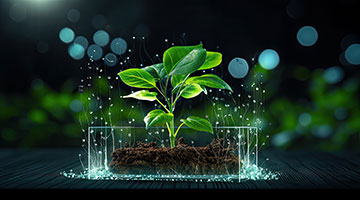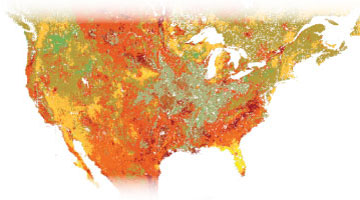Collaborative Project Works to Restore Portions of the Yankee Fork River

Driven by one of our core values, “Respect for Resources” Simplot began working with several state and federal agencies and other groups like the Trout Unlimited on a major ecological restoration of the Yankee Fork Salmon River in central Idaho. The project grew out of the need to restore degraded habitat that had historically been used by salmon and steelhead for spawning and rearing. Previous dredge mining in the area had removed fine material and left behind porous unconsolidated cobble and gravel. In 2020 and 2021, as teams worked to return the river and floodplain to a more natural location and condition, portions of the fork went dry due to drought and the porous nature of the dredge trailings. This impeded water flow and fish migration through the project area. Working together, project partners assisted fish with migration through the project area.

Previous dredge mining in the area had removed fine material and left behind porous unconsolidated cobble and gravel. In 2020 and 2021, as teams worked to return the river and floodplain to a more natural location and condition, portions of the fork went dry due to drought and the porous nature of the dredge trailings. This impeded water flow and fish migration through the project area. Working together, project partners assisted fish with migration through the project area.

Sediment deposition during the low spring flows of 2021 helped with channel sealing but it kept losing water. To address this issue, in spring and summer of 2022, project partners accelerated the natural sealing of the riverbed by adding crushed gravel to the project area to help fill the voids between the gravel and cobble. This and high spring flow, resulted in continuous surface flow through the project area in 2022.

The habitat features built into the restored river cause resistance to flow resulting in gravel deposition that creates gravel beds which chinook salmon and other fish use for spawning.
The images below display what the area looked before and how it is expected to look like several years from now.

2018
Image by Lost River Fish Ecology, Inc.

2022
Image by Lost River Fish Ecology, Inc.

Future Rendering
Image by Bureau of Reclamation
Driven by one of our core values, “Respect for Resources” Simplot began working with several state and federal agencies and other groups like the Trout Unlimited on a major ecological restoration of the Yankee Fork Salmon River in central Idaho. The project grew out of the need to restore degraded habitat that had historically been used by salmon and steelhead for spawning and rearing. Previous dredge mining in the area had removed fine material and left behind porous unconsolidated cobble and gravel. In 2020 and 2021, as teams worked to return the river and floodplain to a more natural location and condition, portions of the fork went dry due to drought and the porous nature of the dredge trailings. This impeded water flow and fish migration through the project area. Working together, project partners assisted fish with migration through the project area.
Project benefits include:
1) Creation of an additional summer and winter habitat for juvenile salmon by reducing water velocities in the river channel, which minimizes in-stream erosion. This helps in creating a floodplain that helps move water into side channels, providing low velocity, high productivity areas for fish. The floodplain soaking will also benefit the riparian vegetation planted in the area.
2) In addition to the benefits listed above, the flooding will also transport seeds, nutrients, soil, and organic matter to the floodplain where they are deposited in downstream ponds replacing fines lost during dredging. This will provide optimal conditions for riparian vegetation growth which helps moderate floodplain water velocities.

This article covers basic soil makeup including primary and secondary plant food elements as well as micronutrients.

Read about the principles of soil composition and how nutrients benefit plants in many conditions.

This article covers basic soil makeup including primary and secondary plant food elements as well as micronutrients.

Read about the principles of soil composition and how nutrients benefit plants in many conditions.
See what's happening inside simplot
Latest Simplot News

Driven by one of our core values, “Respect for Resources” Simplot began working with several state and federal agencies and other groups like the Trout Unlimited on a major ecological restoration of the Yankee Fork Salmon River in central Idaho. The project grew out of the need to restore degraded habitat that had historically been used by salmon and steelhead for spawning and rearing. Previous dredge mining in the area had removed fine material and left behind porous unconsolidated cobble and gravel. In 2020 and 2021, as teams worked to return the river and floodplain to a more natural location and condition, portions of the fork went dry due to drought and the porous nature of the dredge trailings. This impeded water flow and fish migration through the project area. Working together, project partners assisted fish with migration through the project area.

Previous dredge mining in the area had removed fine material and left behind porous unconsolidated cobble and gravel. In 2020 and 2021, as teams worked to return the river and floodplain to a more natural location and condition, portions of the fork went dry due to drought and the porous nature of the dredge trailings. This impeded water flow and fish migration through the project area. Working together, project partners assisted fish with migration through the project area.

Sediment deposition during the low spring flows of 2021 helped with channel sealing but it kept losing water. To address this issue, in spring and summer of 2022, project partners accelerated the natural sealing of the riverbed by adding crushed gravel to the project area to help fill the voids between the gravel and cobble. This and high spring flow, resulted in continuous surface flow through the project area in 2022.

The habitat features built into the restored river cause resistance to flow resulting in gravel deposition that creates gravel beds which chinook salmon and other fish use for spawning.
The images below display what the area looked before and how it is expected to look like several years from now.

2018
Image by Lost River Fish Ecology, Inc.

2022
Image by Lost River Fish Ecology, Inc.

Future Rendering
Image by Bureau of Reclamation
Project benefits include:
1) Creation of an additional summer and winter habitat for juvenile salmon by reducing water velocities in the river channel, which minimizes in-stream erosion. This helps in creating a floodplain that helps move water into side channels, providing low velocity, high productivity areas for fish. The floodplain soaking will also benefit the riparian vegetation planted in the area.
2) In addition to the benefits listed above, the flooding will also transport seeds, nutrients, soil, and organic matter to the floodplain where they are deposited in downstream ponds replacing fines lost during dredging. This will provide optimal conditions for riparian vegetation growth which helps moderate floodplain water velocities.










